In the digital age, where distractions abound and time seems to slip through our fingers, the quest for productivity has become more urgent than ever. Amidst the chaos of modern life, the productivity planner emerges as a beacon of hope—a tool designed to help individuals reclaim control over their time, tasks, and priorities. However, merely owning a productivity planner is not enough; its true potential lies in the transformative strategies and techniques that one employs to leverage its power. In this article, we will explore a range of transformative strategies for using your productivity planner effectively, enabling you to unlock its full potential and achieve your goals with clarity and purpose.
Understanding the Purpose of a Productivity Planner
Before delving into transformative strategies, it's essential to grasp the fundamental purpose of a productivity planner. At its core, a productivity planner serves as a centralized hub for organizing tasks, setting goals, and managing time effectively. It provides a structured framework for breaking down larger objectives into actionable steps and prioritizing tasks based on their importance and urgency. Moreover, a productivity planner fosters mindfulness and intentionality, encouraging individuals to align their actions with their overarching goals and values.
Now, let's explore transformative strategies that can elevate your productivity planner usage:
Goal Setting and Visualization
The journey towards productivity begins with clear and compelling goals. Take the time to define what you want to achieve in various areas of your life, whether they be professional, personal, or health-related. Write down your goals in your productivity planner, ensuring they are specific, measurable, achievable, relevant, and time-bound (SMART). Additionally, complement your written goals with visual aids such as images or vision boards to create a vivid representation of your aspirations. Visualizing your goals stimulates motivation and provides a roadmap for success, empowering you to stay focused and committed to your objectives.
Time Blocking and Task Prioritization
Effective time management is the cornerstone of productivity, and time blocking is a powerful technique for maximizing efficiency. Begin by allocating specific time blocks in your productivity planner for different categories of tasks, such as focused work, meetings, and personal activities. Prioritize tasks based on their importance and urgency, using techniques like the Eisenhower Matrix or the ABCDE method. By delineating dedicated time slots for each task and adhering to a structured schedule, you can minimize procrastination and maintain momentum throughout the day.
Weekly and Monthly Reviews
Regular reflection is essential for assessing progress, identifying areas for improvement, and refining your approach. Set aside time each week and month to conduct comprehensive reviews of your productivity planner. During these reviews, evaluate your accomplishments, analyze your time usage, and celebrate your wins. Additionally, reflect on challenges encountered and lessons learned, brainstorming strategies to overcome obstacles and enhance efficiency moving forward. By cultivating a habit of reflection, you foster continuous growth and optimization, propelling yourself towards greater productivity and success.
Habit Tracking and Reinforcement
The cultivation of positive habits is instrumental in sustaining long-term productivity and well-being. Integrate habit tracking into your productivity planner to monitor your progress and reinforce desired behaviors. Identify one or two habits that align with your goals, whether they involve exercise, reading, or mindfulness practice. Create a dedicated section in your planner for tracking these habits, utilizing checkboxes or progress bars to visualize your daily or weekly consistency. Celebrate each milestone achieved and leverage positive reinforcement to motivate yourself towards sustained habit formation.
Agile Adaptation and Flexibility
In the dynamic landscape of productivity, adaptability is a prerequisite for success. Embrace the principles of agility and flexibility in your productivity planning process, recognizing that plans may need to evolve in response to changing circumstances. Incorporate contingency buffers in your schedule to accommodate unforeseen events or disruptions, allowing for seamless adjustments without compromising productivity. Moreover, adopt a growth mindset that embraces experimentation and iteration, viewing setbacks as opportunities for learning and refinement. By cultivating resilience and adaptability, you empower yourself to navigate challenges with grace and emerge stronger on the other side.
Conclusion
In conclusion, a productivity planner is a potent ally in the pursuit of productivity and fulfillment, offering a structured framework for organizing tasks, setting goals, and managing time effectively. By implementing transformative strategies such as goal setting and visualization, time blocking and task prioritization, weekly and monthly reviews, habit tracking and reinforcement, and agile adaptation and flexibility, you can harness the full potential of your productivity planner and propel yourself towards unprecedented levels of achievement. Remember, productivity is not a destination but a journey—a journey of growth, self-discovery, and continuous improvement. With dedication, intentionality, and the right strategies in place, you have the power to transform your productivity planner into a catalyst for profound personal and professional transformation.
Learn more: Productivity Store | We Make the World's Best Planners and Journals

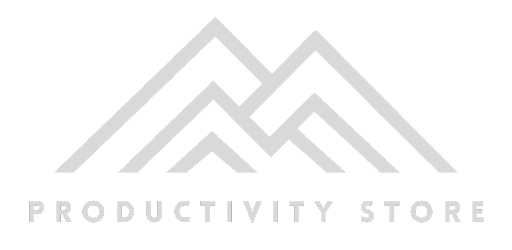






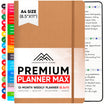



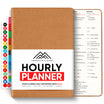

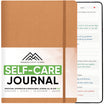


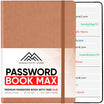


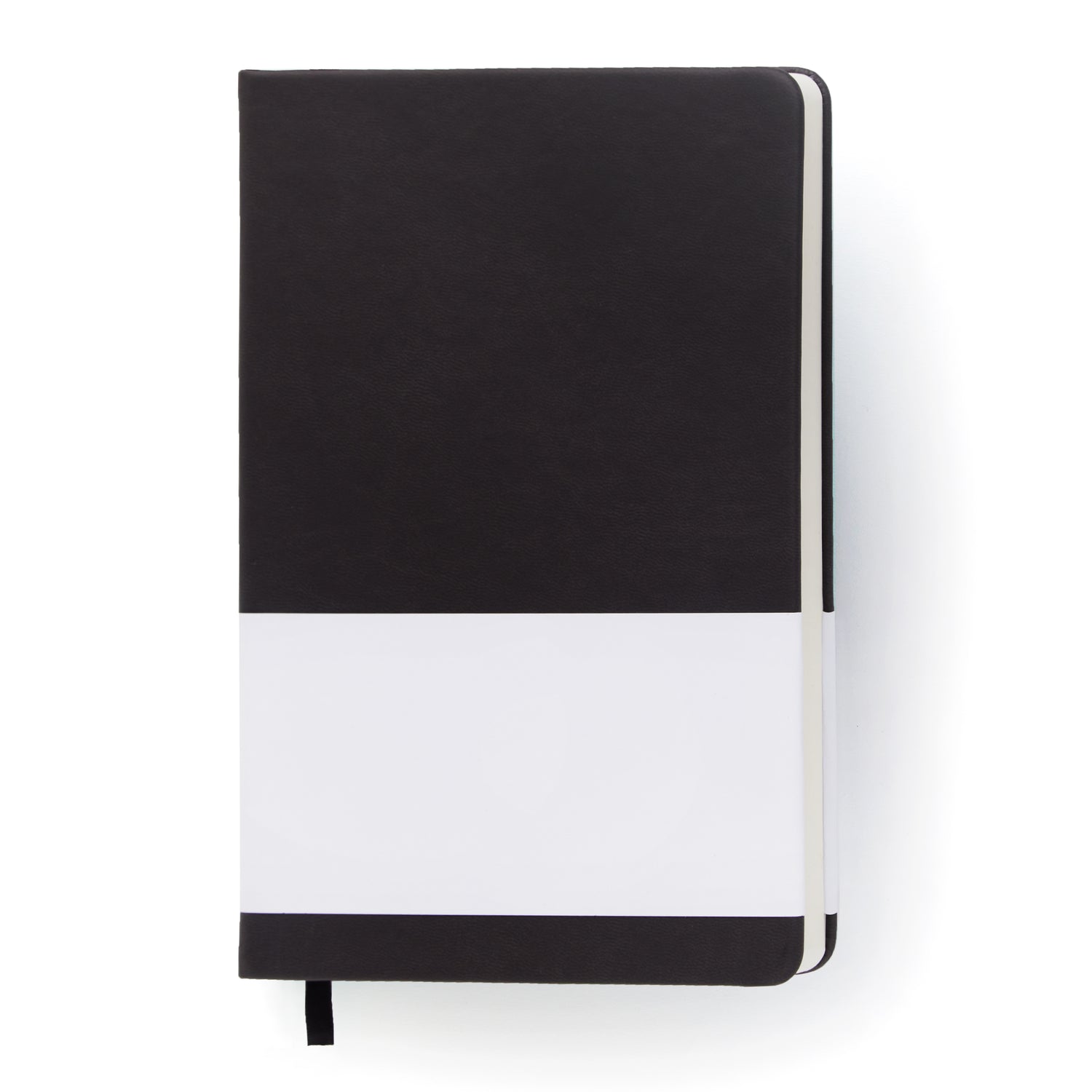


Leave a comment
All comments are moderated before being published.
This site is protected by hCaptcha and the hCaptcha Privacy Policy and Terms of Service apply.